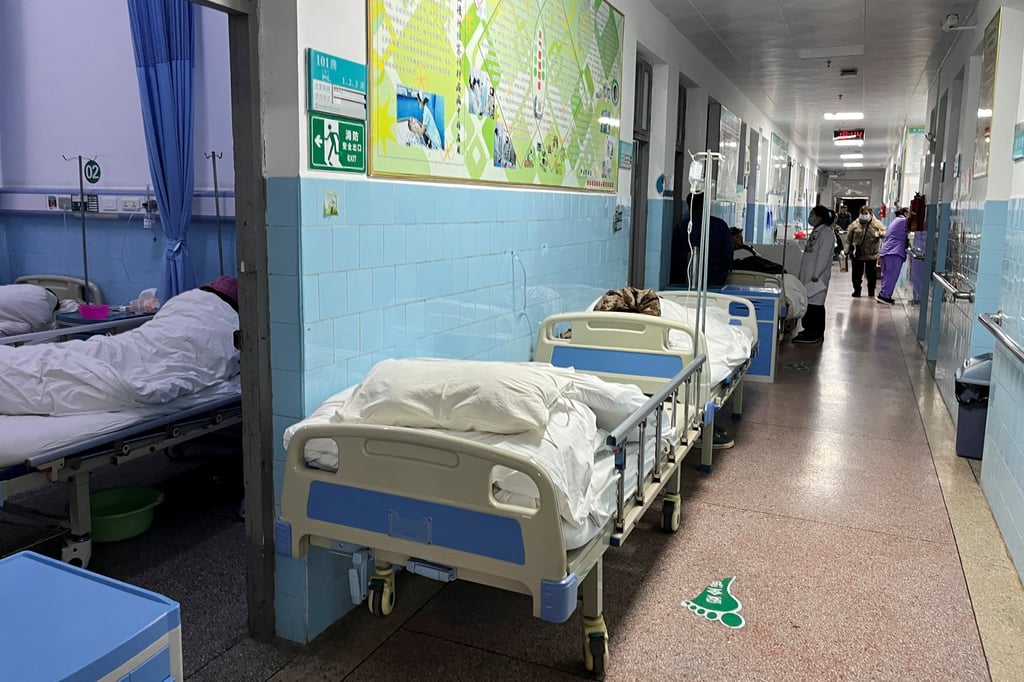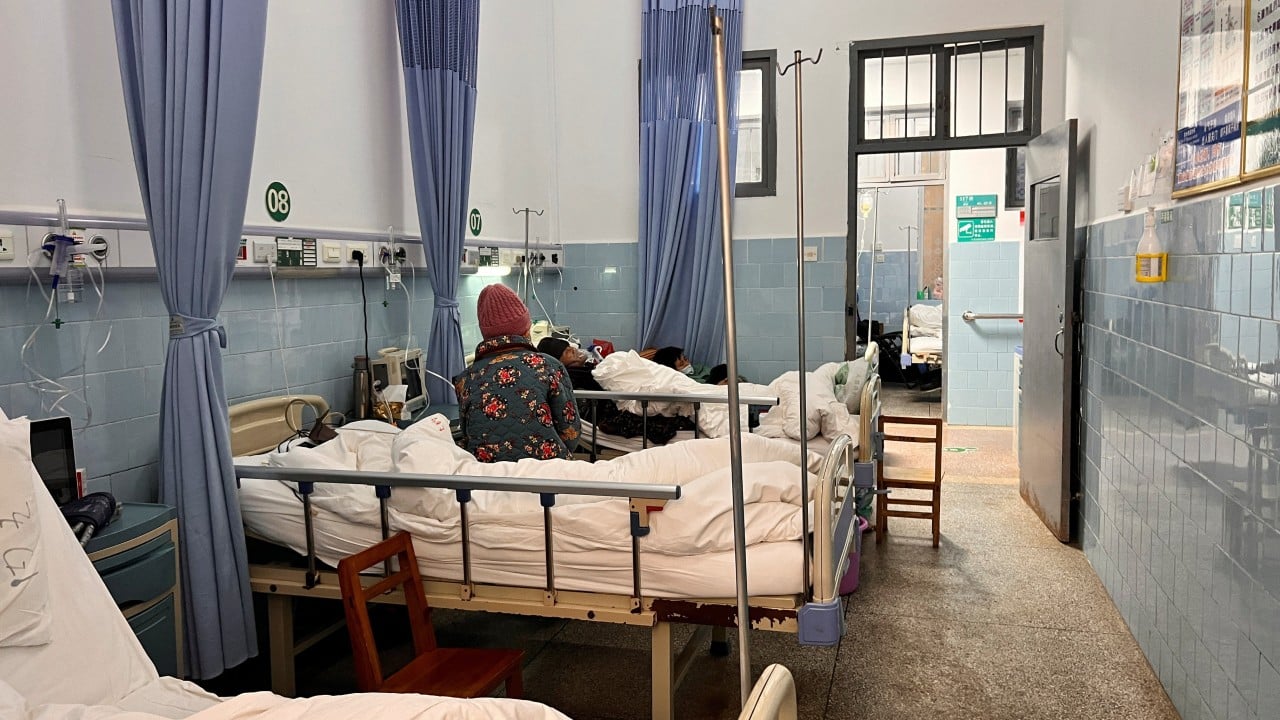David Wei had to carry his nephew on his back for 3km (1.9 miles) after the younger man suffered a heart attack, staggering down a road under repair in rural China, while an ambulance took 90 minutes to drive out from the city and save him.
Advertisement
By the time the nephew had his second cardiac arrest last year, at age 53, that section of the road to his village had been fixed, but a delay in calling the ambulance meant it did not arrive in time.
“If we’d lived in the city he might have had a chance,” said 60-year-old Wei, sitting by a charcoal-burning brazier in his two-storey home in the mountains of Duan Yao county, in China’s southern region of Guangxi.
His experience shows how challenging it can be to get medical care in some rural areas, a task that will only become more critical in coming years for the nation’s ageing rural communities, where about 120 million people are already 60 or older.

China’s development model is at a crossroads, say health and population experts, with a choice between much higher spending on pensions and healthcare or industrial upgrades and urbanisation, which Beijing sees as key to bolstering growth.
Advertisement
At a twice-a-decade meeting of the ruling Communist Party last year, Beijing promised to pursue both.

